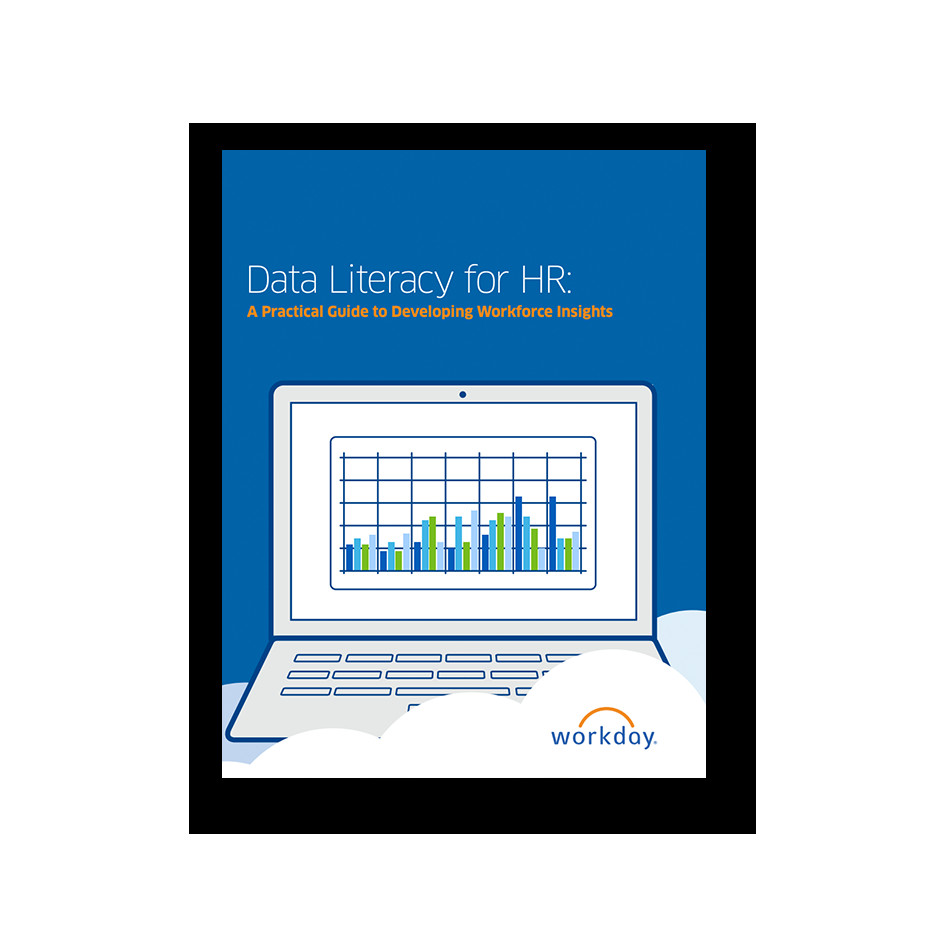THE exact amount the state pension will rise by is set to be confirmed in a matter of weeks. Millions of people are expected to get a bumper rise of £460 to their state pension next year.
However, this will not be official until September's inflation rate is released by the Office for National Statistics. That's because the triple lock system sees the state pension rise in line with whatever is highest out of: wages for May to July, 2.5% or September's inflation figures.
Growth in employees' average total pay was 4% in the three months to July. While the UK's rate of inflation remained at 2.2% in August after rising to the same figure the month before.
With inflation highly unlikely to rise above 4% in September, it means the state pension is expected to rise from £11,502.40 to £11,962 per year - a £460 boost. Although, this will not be confirmed officially until October 16, when the previous month's rate is announced.
Weekly it would mean a rise from £221.20 to around £230, an increase of almost £9 a week. Meanwhile, older pensioners who retired before April 2016 will see their weekly payment rise from £169.50 to £176.30 - an increase of £6.80.
Annually, their payments will rise from £8,814 to £9,167, adding £353 a year. Although it's worth noting, people on the old system who also have "additional" state pension (SERPS) will see that part of their pension rise only in line with inflation which hasn't been published yet.
Who Will Benefit from the State Pension Increase?
The state pension increase is expected to benefit millions of pensioners across the UK. However, it is important to note that the increase will not be the same for everyone. Those who reached state pension age after April 2016 will receive the full increase of £460 per year, while those who reached state pension age before April 2016 will receive a smaller increase of £353 per year.
The State Pension and Income Tax
Experts have explained why that full amount in 2025 won't be happening. While the increase will be welcome news for many pensioners, it could also lead to some pensioners having to start paying income tax. The current personal tax-free allowance is £12,570. This means any income up to that point is tax free. However, if you go over that amount you will pay 20% of any additional income in income tax.
For those on the higher New State Pension, the increase could push them over the personal allowance threshold, meaning they would have to pay income tax on any additional income. For example, a pensioner with a job on the current minimum wage of £11.44 working 10 hours a week earns £5,948.80 a year. For those on the higher New State Pension with most of the tax-free allowance gone this would mean paying tax on all but around £566 of their pay giving a tax bill of £1,076.50. This could mean that some pensioners who are currently not paying income tax may find themselves having to pay tax for the first time.
How the Triple Lock Works
The triple lock is a guarantee that the state pension will rise each year by the highest of the following three measures:
- The rate of inflation as measured by the Consumer Prices Index (CPI).
- The average increase in earnings.
- 2.5%
The triple lock was introduced in 2010 to ensure that the state pension keeps pace with the cost of living. However, the triple lock has been subject to criticism in recent years.
The Future of the Triple Lock
The future of the triple lock is uncertain. Some experts believe that the triple lock is unsustainable and that the government may be forced to make changes to it in the future. Others believe that the triple lock is an important guarantee for pensioners and that the government should do everything it can to protect it.
Implications for British Pensioners Living Abroad
British expat pensioners may have to watch their euros. Financial experts in the UK fear that, in the wake of the winter fuel payment changes, the future of the Triple Lock pension could also be in doubt and that will hit British pensioners in Mallorca hard. Under the triple lock system, the state pension increases each April in line with whichever of these three measures is highest: inflation in the September of the previous year, using a measure called the Consumer Prices Index (CPI), the average increase in total wages across the UK for May to June of the previous year, or 2.5%.
The triple lock was introduced by the Conservative-Liberal Democrat coalition government in 2010. It was designed to ensure the value of the state pension was not overtaken by the increase in the cost of living or the incomes of working people. However, British pensioners living in Mallorca have suffered the highest rate on inflation in Spain this year. In fact, prices across the Balearics rose by 3.2 % between January and August 2024 compared to the same period last year, which represents the highest accumulated rate of inflation of all the regions of Spain. According to the National Statistics Institute (INE), in August the consumer price index (CPI) rose in region by 0.3 % compared to July and by 2.3 % compared to the same month in 2023.
In the first eight months of the year, prices have risen most in the products and services of hotels, cafés and restaurants (10.2 %), leisure and culture (5 %) and housing (4.9 %), while they have fallen only in clothing and footwear (12.3 %).
Concerns Regarding the Triple Lock
The Labour Government has publicly committed to retaining the triple lock on pensions for the next 5 years - so these so called ‘Financial Experts’ fears are unfounded (and they are clearly not experts if they can’t even be bothered to follow government policy).
Final Thoughts
The state pension increase is a welcome development for many pensioners. However, it is important to be aware of the potential implications of the increase, such as the possibility of having to pay income tax. It is also important to stay informed about the future of the triple lock and its potential impact on state pension payments.
It is also important to note that the state pension is just one part of retirement income. It is important to have a comprehensive retirement plan that includes other sources of income, such as a workplace pension, savings, and investments.


















